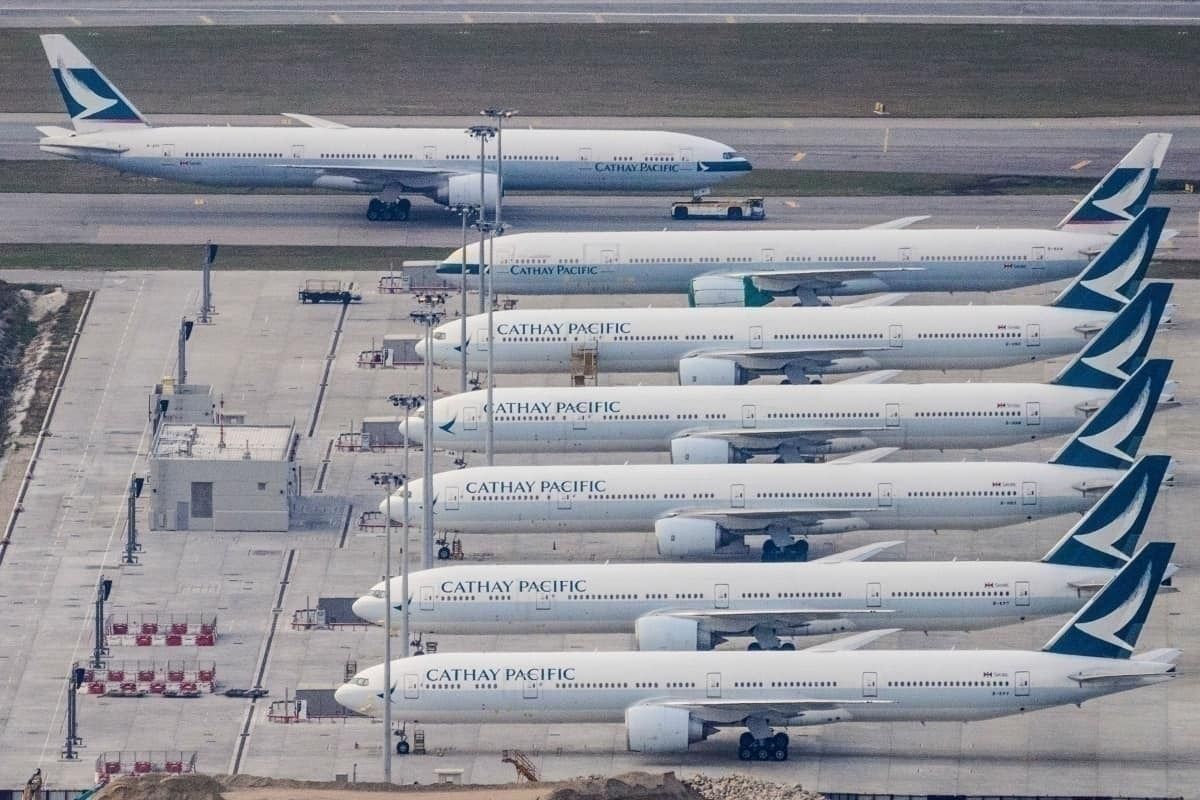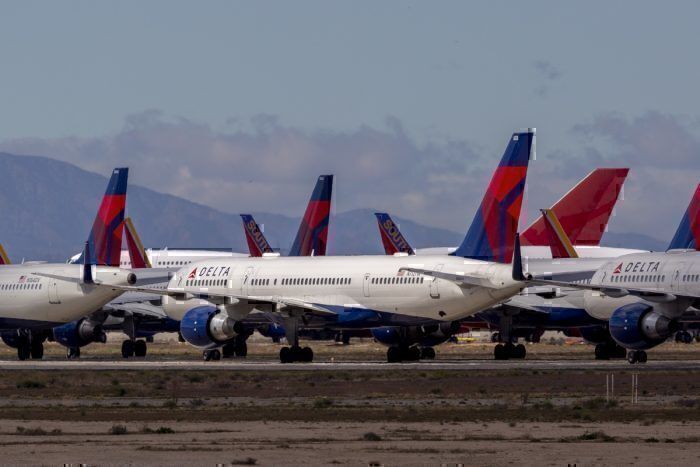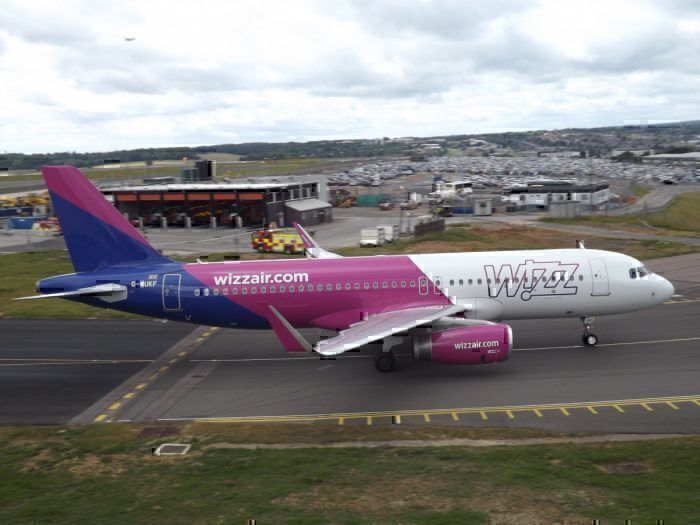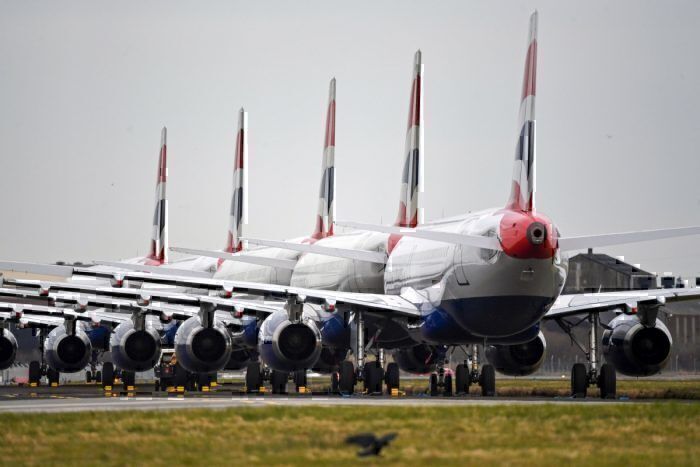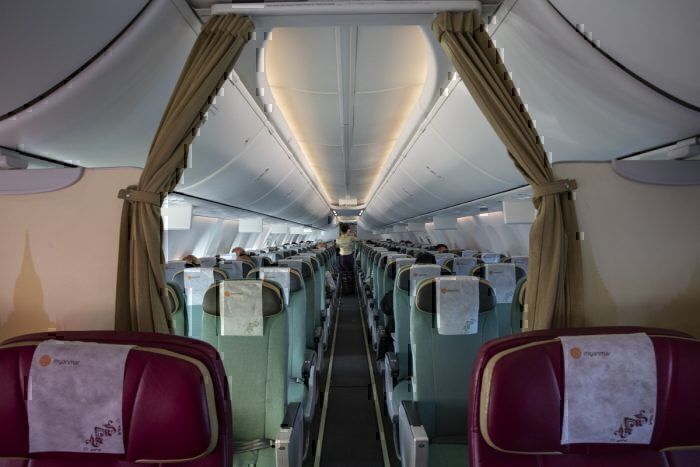Every day more airlines are grounding their aircraft as demand for air travel is virtually non-existent. Fighting to survive by limiting costs, the airlines are doing everything in their power to preserve cash. One could expect that with most of their planes grounded, airlines would face minimal costs. Unfortunately, that is far from reality.
In fact, Delta is currently burning through US$60 million a day, and Jet Blue $10 million. IATA expects that the industry as a whole will burn through $61 billion of their cash reserves during the second quarter of the year. There are a few key cost drivers such as labor, leasing, maintenance, empty flights or fuel hedges. These account for most of the costs the industry is currently facing.
Tens of Thousands of Employees
Airlines hire vasts amount of personnel, from pilots to ground staff and administrative officials. Just to put things into perspective, Delta has roughly 91,000 workers whose cumulative salaries stood at $11.25bn in 2019 ($30 million a day). Qantas hires 30,000 employees, while Lufthansa group would normally have almost 120,000. With such a sudden halt in demand, it can be necessary to suddenly terminate many jobs as keeping the workers employed results in massive costs. The nature of contracts varies from airline to airline and country to country, but overall they tend to be relatively inflexible.
Most carriers seem to be doing all they can to preserve their employees, as lays off are likely to result in lengthy unemployment periods for those who lose their jobs. Airline executives are coming up with all kinds of ideas such as unpaid leaves, furloughing or wage-cuts.
The initial tactic of the airline managers probably was to retain their workers, hoping for a swift resurrection of demand once the pandemic passes. Yet, each passing day of the pandemic reduces the chances of such rapid recovery. Additionally, the pre-virus levels of demand will take long to materialize post-pandemic. A decision will have to be made whether retaining unneeded workers is the optimal solution for the troubled carriers.
Leasing
The approach to fleet structuring varies around the globe. Some airlines own most of their fleet - Lufthansa is one example. Others are leasing entirely, such as Wizzair. Having said that, even Lufthansa faces leasing fees, even when its aircraft are grounded.
In India, SpiceJet spends more than $20 million a month on its lease of 100 aircraft. Yes, the rental conditions are likely to be renegotiated, but leasing companies like Aercap, BOC Aviation or GECAS face their own issues of massive debt, which results in limited pricing flexibility. To visualize the magnitude, Aercap's revenue of around $4.6 billion has $29 billion of long term debt and pays over a billion annually in interest expense. Leasing companies that many airlines rely on are four to five times more leveraged than the airlines themselves. Now imagine what happens if any of the major lessees goes bankrupt and is unable to pay its leasing fees.
Parking and maintenance
Even keeping planes on the ground costs money. This is for two reasons. Firstly, the aircraft stored are subject to daily expenses such as maintenance fees. Some airlines are required to keep the planes operational once demand returns.
Let’s take the US as an example. After cutting 75% of its long-haul routes, American needs to park their planes somewhere. There is not enough space to do so at airports. Therefore, storage facilities are being used. Three key American facilities are in Victorville (California), Roswell (New Mexico), and Tucson (Arizona), each with weather conditions that limit the harm to the resting machines.
According to San Diego Union-tribune, the standard parking rate for an aircraft is 40 cents per thousand pounds a day. Whereas, the maintenance fees cost around $2000 per month. Hence storing one Boeing 737-800 costs around $3100 a month, while a 777-300ER is $6377 a month.
Once Delta stores its roughly 600 planes, it will be subject to $2.5-3 million in storage costs per month, assuming rates stay the same despite the uptick in demand. In the great scope of things that may seem insignificant, but if we start adding the costs of flying the plane to its storage location, transporting the crew, etc, the costs pile up.
Flights
Yes, many global carriers canceled 95% of all their flights or even 100% like Austrian and LOT Polish Airlines. Nevertheless, some scheduled flights do take place for other airlines. It is highly unlikely that they are profitable for the airlines.
Last week, Air New Zealand operated 89 scheduled flights and carried 165 passengers on those. One hundred sixty-five. That is not enough to fully fill one of their single-aisle A320s. Air New Zealand lost an estimated $1.5 million just from these 89 flights.
Fuel hedges
If lack of demand, leasing costs, labor costs, and storage costs were not enough, the airlines are facing yet another, serious issue. That is one of the fuel hedging. A few days ago news came out that Ryanair is subject to an exceptional charge of €300 million after hedging 90% of oil expenses at $77 a barrel. With prices now at a third of that, Ryanair will pay a penalty to its counterparties.
Ryanair is not the only airline set to lose millions due to hedging, Lufthansa has 73% of its prices locked in, EasyJet 71%, Air France Klm 66%, Southwest 59%. Each of these airlines will face multimillion losses due to a fall in oil prices - something incredibly ironic in the aviation world. These fees will probably be more severe than the operational savings resulting from a drop in price. At least in the short term.
Difficult decisions continue ahead
There are even more costs airlines will face during these tough times but the ones listed above are the bulk of expenses.
To conclude, the reality doesn't just look bad for the airlines. It looks terrible. Many difficult decisions lie ahead of those in charge. Agility and efficiency will be key.

